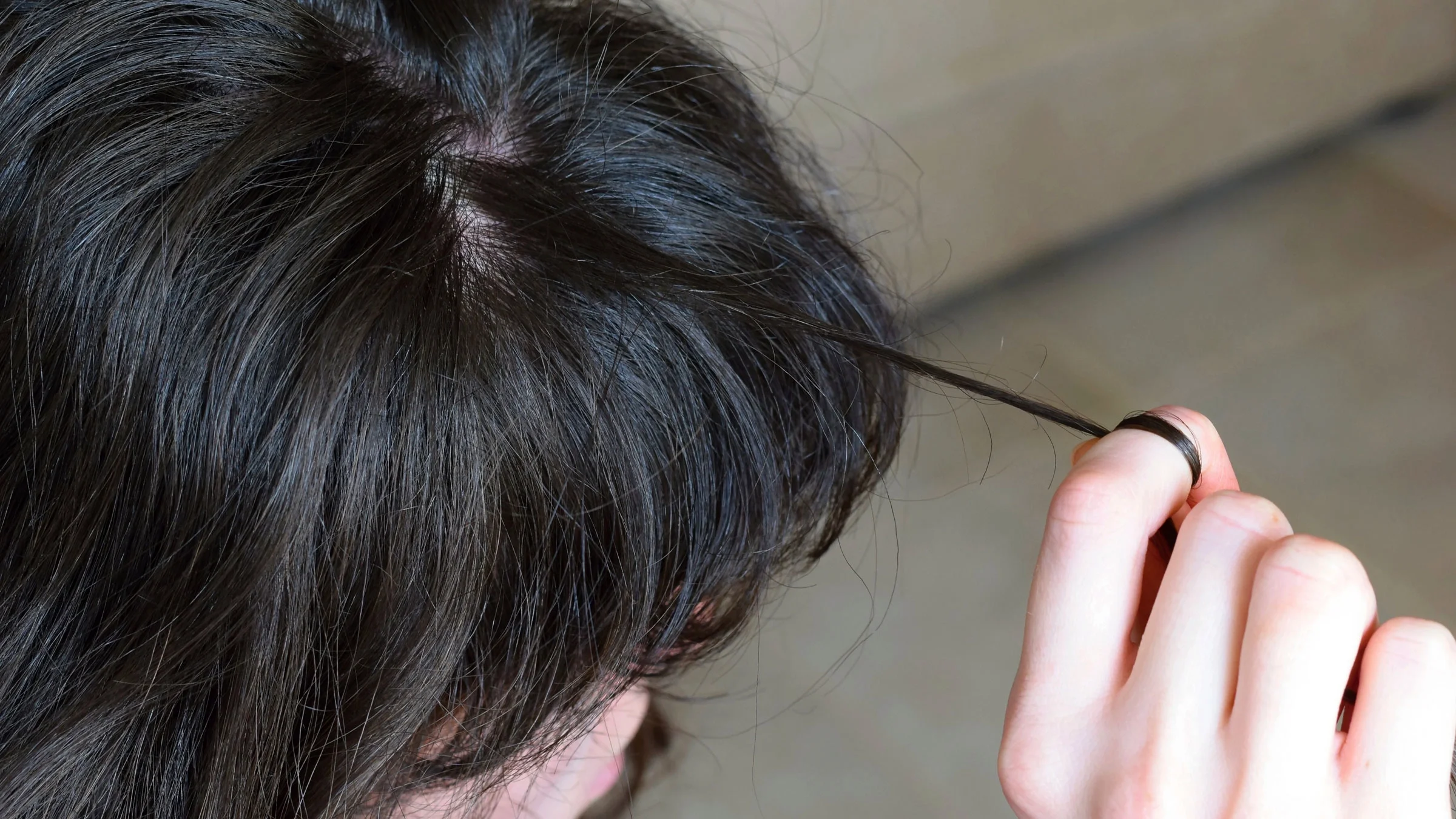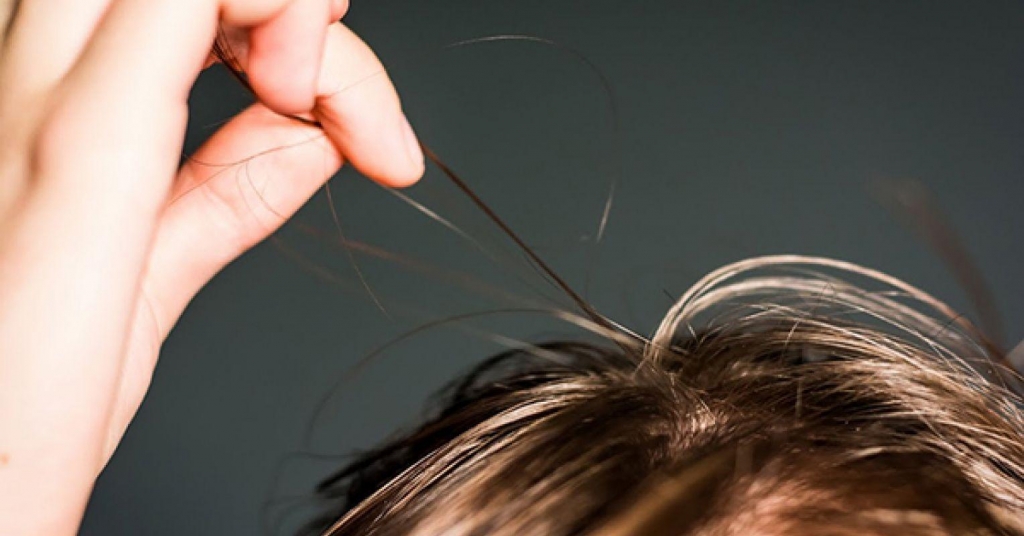Working and Learning with Hair Pulling Disorder
Hair pulling in shared spaces presents a twin challenge: the urge itself and the constant thought that someone nearby might notice. The behaviour, rooted in what clinicians label Hair Pulling Disorder, draws strength from everyday stressors such as tight deadlines, prolonged focus, or sensory overload. A short burst of relief often follows each pulled strand, yet frustration or shame arrives moments later. Recognising this cycle in clear terms creates space for practical action rather than self-criticism.
How the urge forms in structured environments
The symptom emerges when tension builds faster than it can be released through ordinary movement. In an office, shoulders remain squared toward a screen, and hands hover near the face during long stretches of concentration. In a lecture hall, posture stiffens as students absorb dense material. The brain searches for a quick exit route and lands on the familiar rhythm of seeking, grasping, and pulling. Sensory feedback from the scalp or brow completes the loop, and the behaviour repeats before conscious choice returns.
Immediate physical adjustments
Small alterations break the path between urge and action. Wearing a discreet silicone ring introduces texture under the thumb, giving nerves a competing sensation. A lightweight headband or soft hair wax increases friction at the root, lengthening the time needed to remove a strand and allowing awareness to intervene. Placing smooth river stones in a jacket pocket offers a silent surface for idle fingers, useful during meetings when overt movement would draw attention. Each measure shifts the setting from high risk to manageable.
Cognitive steps that reinforce control
Behaviour change gains traction when thought patterns align with physical tactics. A brief grounding cue—silently noting the colour of the wall or the temperature of a coffee mug—anchors attention in the present moment. Pair this cue with a ten-second fingertip press against the opposite palm whenever tingling begins at the hairline. The pressure supplies sensory competition and reminds the nervous system that relief can arrive without damage. Practised repeatedly, this counter-move weakens the reflex to pull and supports new wiring in the motor circuit.
Environmental tweaks that lower trigger strength
Workspaces and classrooms vary in lighting, noise, and crowding, each factor nudging stress upward or downward. Adjusting monitor brightness, choosing a seat away from high foot traffic, or scheduling short walks between tasks reduces background tension. When possible, negotiating flexible break points allows body and brain to reset before urge levels spike. These modest shifts often slip into existing routines without affecting productivity targets or academic goals.
Communication on your terms
Discussing Hair Pulling Disorder with a supervisor or instructor is optional, yet selective disclosure can unlock minor accommodations that make a significant difference. Framing the request around performance—“Brief stretch pauses help me sustain focus on data analysis” or “A front-row seat limits distractions during note-taking”—keeps the conversation goal-oriented. Most leaders respond well to clear, concrete solutions that require little adjustment to broader schedules. Confidentiality laws further protect personal health details, reducing risks linked to openness.

The value of evidence-based care
Self-directed strategies carry momentum, though stubborn patterns may linger. At that stage, structured support through Hair Pulling Disorder Treatment shows strong results. Cognitive Behaviour Therapy remains the leading approach, targeting both thought loops and motor habits. In session, clients outline trigger profiles, rehearse competing responses, and track frequency reductions over time. Virtual delivery suits busy professionals and students, making attendance feasible without travel or schedule disruption. Medication enters the picture only when co-existing anxiety or mood symptoms interfere with behavioural gains.
Tracking progress without obsession
Recording daily urge intensity in broad strokes—morning, midday, evening—creates a feedback loop. A notebook entry such as “mid-afternoon meeting, urge high, used stone, no pull” highlights success and flags patterns worth adjusting. Perfection is not the target; gradual decline in episode count signals movement in the right direction. Setting a realistic aim, like reducing pulls during a single class period, provides achievable milestones that build morale.
Restoring confidence through consistent practice
Confidence grows when behaviour aligns with personal values. Each lecture completed with intact brows or each presentation delivered without unconscious pulling reinforces the belief that change is possible. Positive reinforcement need not be grand; a quiet acknowledgement, a preferred tea, or five minutes of music at day’s end cements the win. Over weeks, the brain begins to link restraint with reward as reliably as it once linked pulling with relief.
Long-term maintenance
Relapse risk rises during life transitions: a new job, an exam block, or a shift to remote work. Revisiting coping tools before stress peaks keeps skills fresh. Maintaining contact with a therapist, even through occasional check-ins, offers a safety net. Simple habits—keeping tactile objects within reach, planning brief movement breaks, and pausing to ground before high-stakes tasks—remain effective long after formal treatment concludes.
Final reflections
Working or studying with Hair Pulling Disorder tests patience, yet effective methods exist that respect privacy and preserve poise. Physical barriers reduce easy access to strands, cognitive cues interrupt the urge, and environmental tweaks lower baseline stress. When home techniques fall short, professional Hair Pulling Disorder Treatment provides structured guidance, turning a persistent loop into a manageable ripple. Through steady application of these tools, control returns by degrees, and daily life proceeds without the constant soundtrack of hidden tension.
